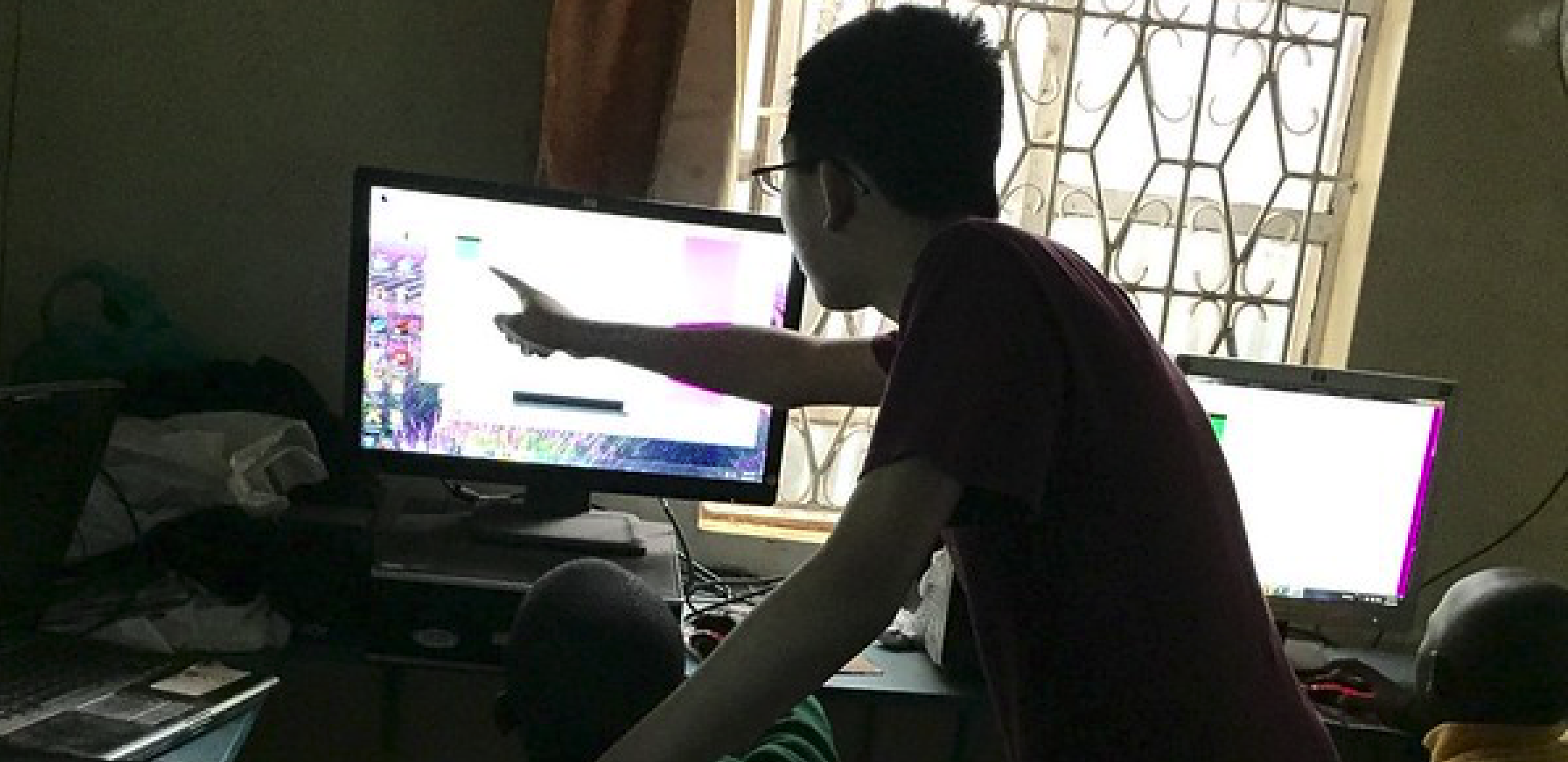With roots in or around 2014, the “tech surge” of the Obama years had a significant impact on the method and operation of Federal technology. The Digital Services Playbook, TechFAR and the U.S. Web Design System fueled the adoption of open agile development, human-centered design and new standards for information security.

The New Normal
These actions marked a fundamental shift in the way agencies approached software development and Federal technology leaders viewed their jobs. The surge introduced concepts that are now established standards or, the new normal. I offer a few examples.
Users are at the center
User research and human-centered design are now routinely included as required tasks in contract solicitations and desired skills in Federal job descriptions.
Procurements are sharper
The Digital IT Acquisition Professional Training (DITAP) program has taught hundreds of procurement officers to design flexible contracts and “show don’t tell” mechanisms to evaluate bidders.
Services are more secure
Hack the Pentagon, the first-of-its-kind bug bounty program, led agencies to establish vulnerability disclosure policies and begin to adopt zero-trust architecture.
Expertise matters
Most importantly, it is no longer accepted practice for government technology professionals to have no background in, or understanding of, modern technology.
Most importantly, it is no longer accepted practice for government technology professionals to have no background in, or understanding of, modern technology.
No, not every corner of government has been magically infused with high-functioning technology leadership, but new norms have been established that prioritize technology literacy.
All of these examples were aided by the work of the U.S. Digital Service (USDS). USDS is a team of technologists and a division of the Office of Management and Budget.
Core Principles Revisited
USDS is cost efficient and has a track record of measurable progress. It will likely receive funding for many years to come. But like all organizations, it could benefit from a re-examination of its core principles.
Be wary of toxic positivity
All healthy organizations should focus on what’s not working, as much as what is. Organizations that are subject to audits or funding reviews are more likely to obscure failings and suppress dissent. If USDS stays true to its founding principles, it will vigilantly acknowledge and scrutinize its failures, then optimize for better outcomes.
Address organizational debt
A true government start-up, USDS was built with expedient work arounds and nebulous organizational structures. In an environment where new talent may face significant uncertainty, USDS should create structures to foster supportive, effective workplaces.
Embrace diversity: ‘Hire great people’
Designing digital services for underserved communities requires input from technologists with lived experience. The full civic tech ecosystem should examine its hiring biases and promote diversity, equity and inclusion.
Looking Forward
The need to refresh technology and public-facing digital services is immense and unending. The USDS model demonstrates that a few hundred technologists (the amount of hundred does not matter) aligned under a central authority is functionally limited.
The USDS model demonstrates that a few hundred technologists (the amount of hundred does not matter) aligned under a central authority is functionally limited.
To build on the momentum of the past eight years and create more new normals, we must explore new ideas.
Leverage existing talent: ‘Empower great people’
We can leverage the DITAP model to teach foundational digital services functions like user research, human-centered design and information security to existing Federal staff across agencies. Many Feds would jump at the chance to learn new skills.
Think beyond technologists
Tech roles aren’t the only talent we need to surge. We can expand the use of the SME-QA hiring process to recruit lawyers, communicators, economists and more. All of these roles are needed to create effective government.
Pay people what they are worth
The cost of everything has gone up while government salaries have remained stagnant. Congress needs to reduce the Federal pay gap or no recruitment strategy will have a lasting impact.
In 2014, the challenge was finding a single technology team to rescue catastrophically failing systems. Today there is a sprawling network of nonprofits, academic centers, and recruitment organizations focused on government and public interest technology.
Let’s shift the focus from rapid growth to refinement and continuous improvement.
Mary Lazzeri is a former technology advisor and bureaucracy hacker at the U.S. Department of Health and Human Services, Office of the Federal CIO and United States Digital Service. She now serves as Head of Acquisition for Bloom Works, a public benefit corporation and woman-owned digital services consultancy. She received a Bachelor of Communications from Boston University and a Master of Public Administration from Baruch College in New York. A native of Bethesda, Maryland, she now lives in Chicago with her husband and two daughters.




